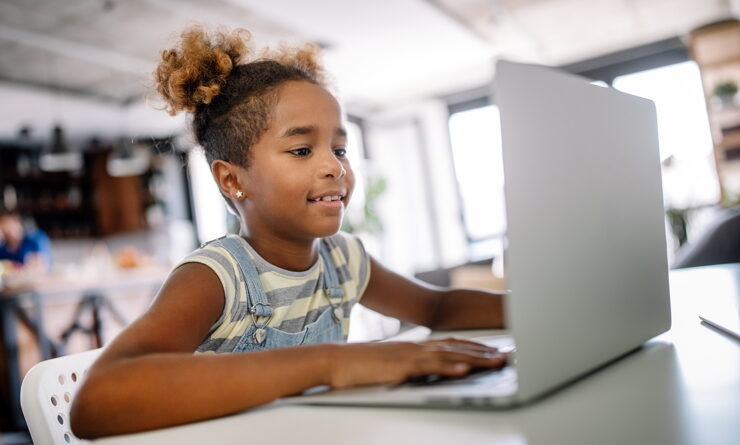ANNAPOLIS, Md. – Remote learning during the pandemic has meant excessive screen time for children, and a Maryland heath care group is raising awareness to prevent too much exposure to potentially damaging blue light.
The light emitted from digital devices can cause serious retinal damage in children, with long-term exposure.
According to Scott Edmonds, chief eye-care officer for UnitedHealthcare, children’s eyes are still developing and more blue light enters their retinas than adults’ eyes. It can also cause digital eyestrain, headaches and blurred vision.
In addition to taking breaks, Edmonds suggested teaching kids to follow what he calls the “20-20 Rule” to protect their eyes.
“Every 20 minutes, you should look off into the distance, at something 20 feet or further, for 20 seconds,” said Edmonds. “So, breaking up your screen time every 20 minutes lessens the chance you’re going to get myopia, gets you away from the blue light, and it lets all your eye elements relax and will minimize the digital eyestrain.”
He added it’s important not to sit too close to the screen, keeping about 30 inches away.
Marylanders with United Healthcare vision coverage can also add a student eye protection option to their insurance plan, to get special glasses that block blue light.
Another eye issue to look out for from excessive screen time is nearsightedness. Edmonds pointed out that myopia among children and adults has increased dramatically with the introduction of computers and other digital devices that require sitting close to a screen for extended periods.
“Back in the 70s when we really started to track this kind of data, it was about 25% of the population was nearsighted in America,” said Edmonds. “And now it’s over 41%. And we think it’s related to even more obsessive reading and screen time, and everything up close and nothing in the distance.”
A 2020 survey of parents and educators found 93% of parents and 96% of educators said they’re “very concerned” about the impact of digital devices on children’s eyesight.
About 64% of teachers think blue light protection would improve students’ attention spans.






